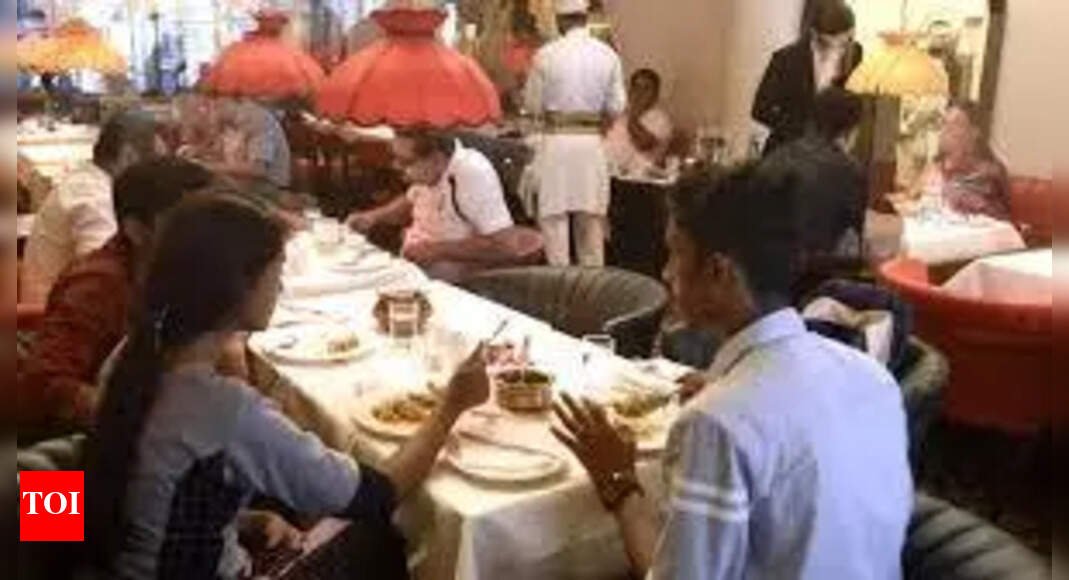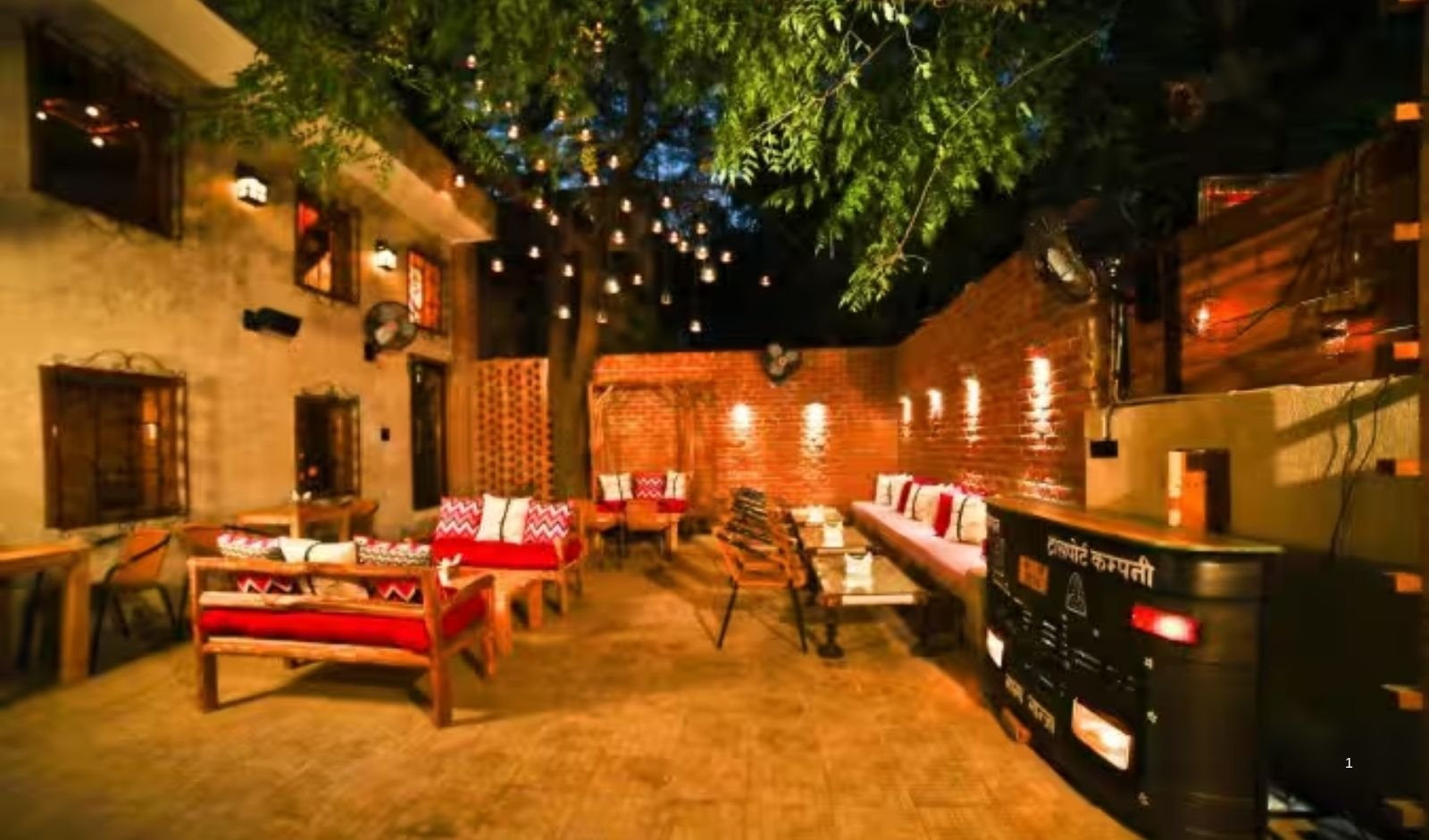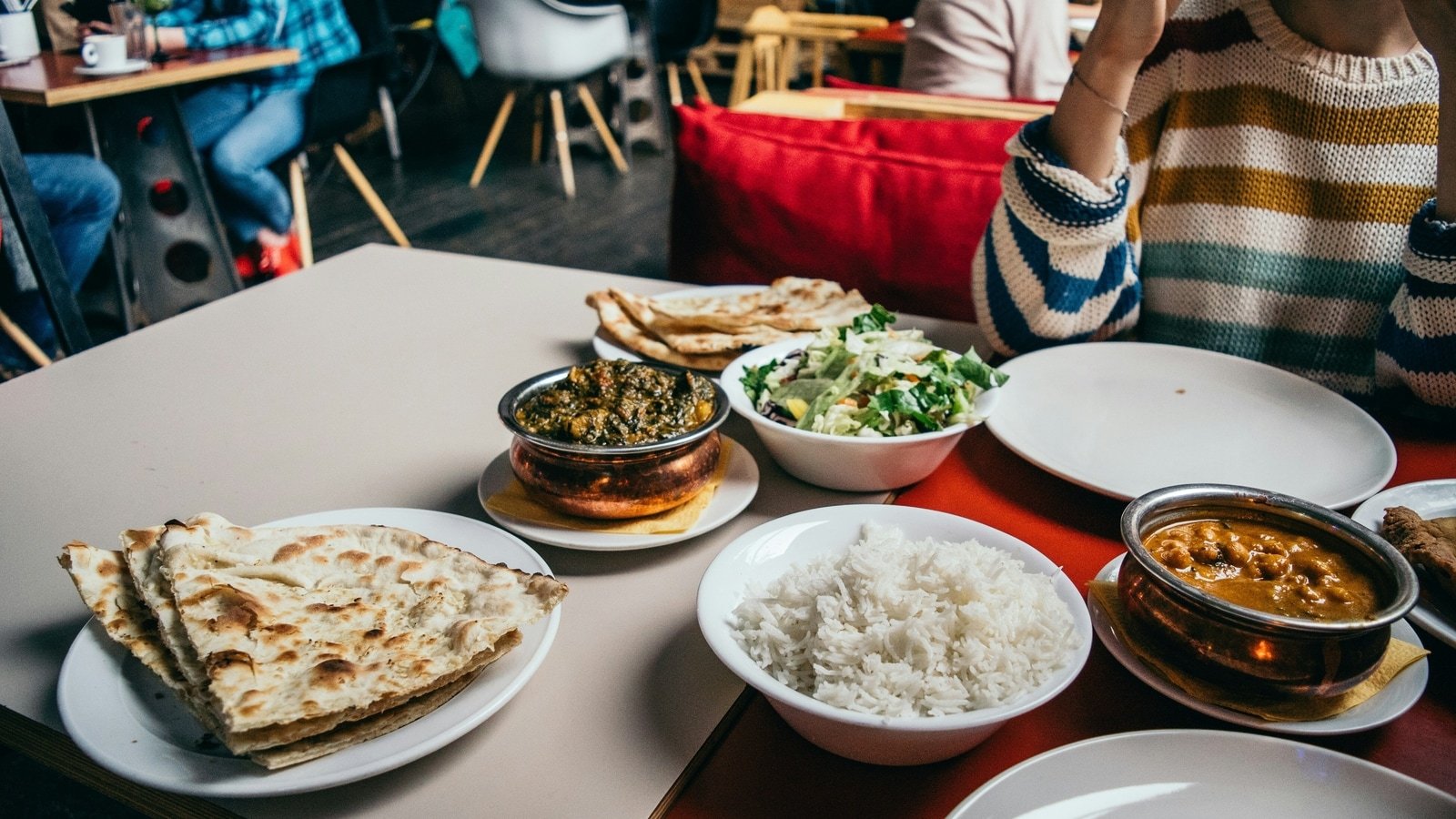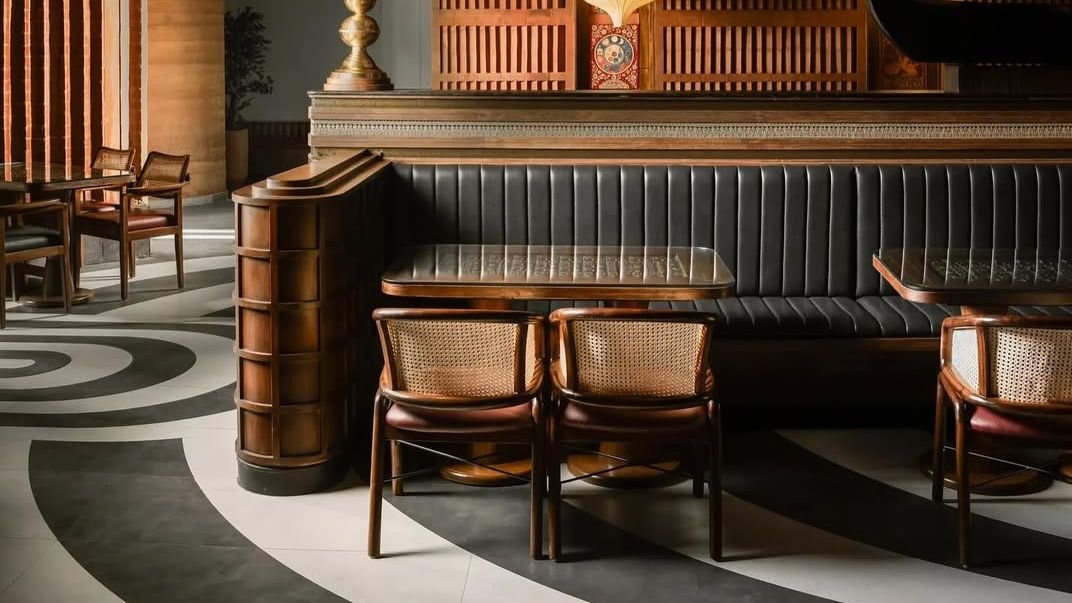Restaurants & Food
Delhi Restaurant Service Charge: Restaurants can’t force customers to pay service charge says Delhi HC | Delhi News

NEW DELHI: The Delhi high court on Friday adjudicated that the imposition of service charge by customers on food bills remained discretionary and establishments could not compel patrons to pay the same.
Justice Prathiba M Singh delivered the verdict whilst dismissing petitions filed by restaurant associations challenging the Central Consumer Protection Authority’s directives that barred hotels and restaurants from imposing obligatory service charges on food bills.
The establishments had sought to invalidate the regulatory guidelines, which explicitly prohibited the mandatory collection of service charges from patrons.
According to legal news portal Bar and Bench, the CCPA issued guidelines to curb unfair trade practices and protect consumer rights.
The guidelines specify that:
- Hotels and restaurants cannot automatically or by default add a service charge to food bills.
- Service charge cannot be collected under any other name.
- Consumers cannot be compelled to pay a service charge, and establishments must clearly state that it is voluntary and at the consumer’s discretion.
- Entry or service cannot be denied based on service charge payment.
- Service charge cannot be included in the food bill and subjected to GST on the total amount.
Restaurants & Food
Restaurant India News: Nukkad Cafe Opens New Outlet in GK II with Retro Gaming and Local Bites

Restaurant India News: Harajuku Tokyo Café Opens in Mumbai With Sushi Belts, Izakaya Nights, and Bakehouse
Harajuku Tokyo Café & Bakehouse, known in Delhi for its Japanese-inspired street food and playful café atmosphere, has opened its first Mumbai location at Jio World Drive. The brand, which started in 2021, has evolved from a quick-service café into a full-service restaurant and bar with an expanded menu developed by chefs Asami Indo and Higuchi Nariaki.
Founded by Gaurav Kanwar, Harajuku was inspired by Japan’s Harajuku district, combining street-side energy with curated culinary experiences. “Opening in Mumbai has always been part of the dream,” Kanwar said. “It’s a city that thrives on culture, energy, and design — everything Harajuku stands for. With this new restaurant, we’ve taken everything we’ve learned so far and turned it into something bigger, bolder, and more immersive.”
The Mumbai location is divided into two connected spaces: a 72-seat Harajuku Tokyo Café & Bar and a 12-seat Harajuku Bakehouse. During the day, the main restaurant offers a Kaiten Zushi (conveyor belt sushi) experience with an open sushi bar. At night, it transforms into an izakaya-style setting with sake bombs, interactive bar service, and high-energy dining. The Bakehouse features a pastel-toned space with live baking, Japanese cheesecakes, soufflé pancakes, breads, and a pet-friendly menu.
The design reflects Tokyo’s visual energy with manga murals, neon signage, layered textures, and holographic elements. The Bakehouse contrasts with a softer, pastel palette, creating a distinct identity.
Chef Raaghav Jandroia leads the kitchen with a focus on balanced flavors, integrating traditional techniques with innovation. “Japanese food should be approachable, fun, and deeply satisfying,” he said. The menu includes cold plates like Salmon Carpaccio with serrano citrus and Hamachi with truffled ponzu; sushi rolls such as the Rainbow Roll and Spicy Avocado Cream Cheese roll; and street-style dishes like shrimp dynamite, Korean corn dogs, and the UFO Chicken Platter. Robata-grilled items like Coal-Fired Miso Salmon and King Oyster Mushrooms add smoky depth, while ramen, bento bowls, and sandos round out the offerings.
The bar program, created by consultant Fay Antoine Barretto, draws from Japanese pop culture, nightlife, and anime. Drinks include Tokio Drift (Tequila Silver, Hibiscus, Sichuan pepper, Grapefruit), Call Me Kimchi (Tequila Reposado, chili, coriander, house-made kimchi), Nori Fire (Mezcal, Sake, Miso), and Naruto’s Rush (Vodka, Gochujang, Ramen broth). Other highlights include Hanami Highball (White Rum, Cherry Blossom, Sencha) and Totoro’s Garden (Gold Rum, Shiso, Gingerale). The bar transitions from daytime highballs to evening karaoke and sake bombs.
The Bakehouse continues the brand’s bakery focus with its signature jiggly pancakes, cheesecakes, and boba teas, adding a live baking counter and playful interiors.
With this opening, Harajuku Tokyo Café aims to create a multi-sensory dining and bar experience that combines food, design, and culture, differentiating itself from conventional hospitality formats.
Restaurants & Food
28 new restaurants in India you should grab a meal at this August – Vogue India
Restaurants & Food
The Taste by Vir Sanghvi: Indian restaurants shine globally with Michelin stars and authentic flavours

You have probably heard of Semma, the only Indian restaurant in New York to win a Michelin star. And of Gymkhana, the only Indian restaurant with two Michelin stars in London. Of Jamavar, the only Indian restaurant in the world to have won Michelin stars in three different avatars in three different cities: London, Doha and Dubai.
What, you may well ask, do these restaurants have in common?
There are two answers to this question. The first is the obvious one: they are all Indian restaurants run by chefs who have worked or trained in India. Vijaya Kumar of Semma is very proud of cooking the authentic cuisine of Tamil Nadu’s not-so-elevated castes and makes it hot and spicy. (He started out at the Taj Connemara in Chennai.) His boss, and one of the founders of Unapologetic Foods, which owns Semma, Chef Chintan Pandya, says that the group gets its name from its determination to refuse to apologise for the flavours and oil that characterise Indian food. (Chintan is ex-Oberoi.)
In London, one of the first things that Karam Sethi, the chef-founder of Gymkhana, said to me when I called to congratulate him on Gymkhana’s two stars was “it’s real Indian food, not ‘modern’ Indian.” Gymkhana serves the sort of food Indians actually eat, not a poncy, spice-deprived version. Gymkhana’s Executive Chef Sid Ahuja is ex-Oberoi and Sethi himself trained with ITC.
The most recognisable Indian of the top global restaurants is Jamavar. It was founded by Dinesh Nair, whose family used to own Leela Hotels, and is run by his whiz-kid daughter, Samyukta. The London Jamavar is international in clientele but you will nearly always see a top Indian movie star or cricketer there. This may have something to do with the fact that its chef, Surender Mohan, commands after his years working with the Leela group in India.
Samyukta and Surender took Jamavar to Doha where it became just one of two restaurants to win a Michelin star. (The other restaurant with a star is run by Alain Ducasse.) Next, they opened in Dubai and within a few months of opening, they had a star there too.
I met Surender at the Michelin ceremony in Dubai and was pleased to see that he was one of the few chefs not to be intimidated by the occasion and he gave the longest and best speech of the evening. But then I guess he is now used to attending these events in city after city.
Clearly something new and unusual is happening with Indian food abroad even if we don’t fully understand it here in India. There have been, broadly, four phases with Indian food in the West. The first was the ‘ethnic food’ phase when Indian food became the browner equivalent of chop suey and restaurants served mostly made-up Indian dishes at inexpensive prices.
The second was when Indian food went upmarket but was also Frenchified and plated. In the UK, restaurants serving this kind of food were celebrated and some got Michelin stars. In New York, Floyd Cardoz served two kinds of cuisine. At Tabla, he served a nouvelle take on Indian food and got three stars from the New York Times. But downstairs, at the Bread Bar, the food was more basic and less nouvelle. Even so, the general rule was that if you wanted rave reviews and high-profile rich guests, then you moved away from traditional Indian.
The third phase coincided with a global change in food preferences when French food ceased to be as admired as much. As El Bulli and later, Noma, set the trend, this was reflected in Indian food too. Gaggan Anand worked with the Adria brothers of El Bulli and opened a restaurant in Bangkok that served the kind of Indian food nobody had imagined could exist. Also, in Bangkok, Garima Arora opened Gaa which went on to win two Michelin stars. There was a fair amount of cross-fertilisation. Garima had worked with Rene Redzepi at Noma and with Gaggan. Redzepi himself had worked at El Bulli.
Almost simultaneously, Manish Mehrotra, whose resume included no great restaurants, invented his own version of modern Indian cuisine at Delhi’s Indian Accent. Mehrotra’s background was oriental cuisine so he had no interest in Frenchifying his food. Mehrotra and Gaggan ended up being the most influential Indian chefs of this century with their dishes being copied all over the world.
Himanshu Saini, the only Indian chef with a restaurant that has three Michelin stars (Dubai’s Tresind Studio) worked with Manish and is candid about his debt to the master.
But now I think we are into a third phase. People want Indian food without the frills. They want to eat like Indians eat in India. Vikas Khanna, India’s most famous chef, opened Bungalow in New York, serving food that was no different to the food he would serve in India and got three stars from the New York Times, and there’s usually a queue for tables outside his restaurant. At the less expensive end of the market Dhishoom which claims to be inspired by Mumbai’s Irani restaurants is so successful across the UK that it has now set its sights on America.
Of course, no change is absolute. There are still Bangladeshi curry houses calling themselves Indian restaurants. The Frenchified expensive Indian restaurants survive. The Gaggan-style modern Indian is still a rage.
But the trend is clear: Keep it simple and keep it spicy.
-

 Brand Stories3 weeks ago
Brand Stories3 weeks agoBloom Hotels: A Modern Vision of Hospitality Redefining Travel
-

 Brand Stories2 weeks ago
Brand Stories2 weeks agoCheQin.ai sets a new standard for hotel booking with its AI capabilities: empowering travellers to bargain, choose the best, and book with clarity.
-

 Destinations & Things To Do3 weeks ago
Destinations & Things To Do3 weeks agoUntouched Destinations: Stunning Hidden Gems You Must Visit
-

 Destinations & Things To Do2 weeks ago
Destinations & Things To Do2 weeks agoThis Hidden Beach in India Glows at Night-But Only in One Secret Season
-

 AI in Travel3 weeks ago
AI in Travel3 weeks agoAI Travel Revolution: Must-Have Guide to the Best Experience
-

 Brand Stories1 month ago
Brand Stories1 month agoVoice AI Startup ElevenLabs Plans to Add Hubs Around the World
-

 Brand Stories4 weeks ago
Brand Stories4 weeks agoHow Elon Musk’s rogue Grok chatbot became a cautionary AI tale
-

 Brand Stories2 weeks ago
Brand Stories2 weeks agoContactless Hospitality: Why Remote Management Technology Is Key to Seamless Guest Experiences
-

 Asia Travel Pulse1 month ago
Asia Travel Pulse1 month agoLooking For Adventure In Asia? Here Are 7 Epic Destinations You Need To Experience At Least Once – Zee News
-

 AI in Travel1 month ago
AI in Travel1 month ago‘Will AI take my job?’ A trip to a Beijing fortune-telling bar to see what lies ahead | China









